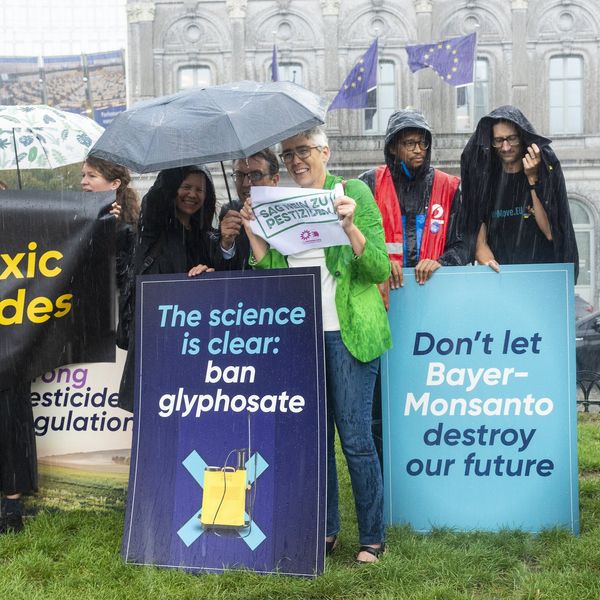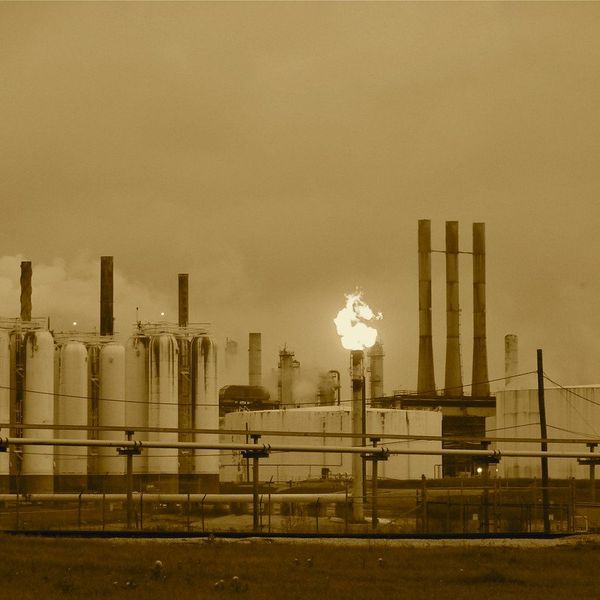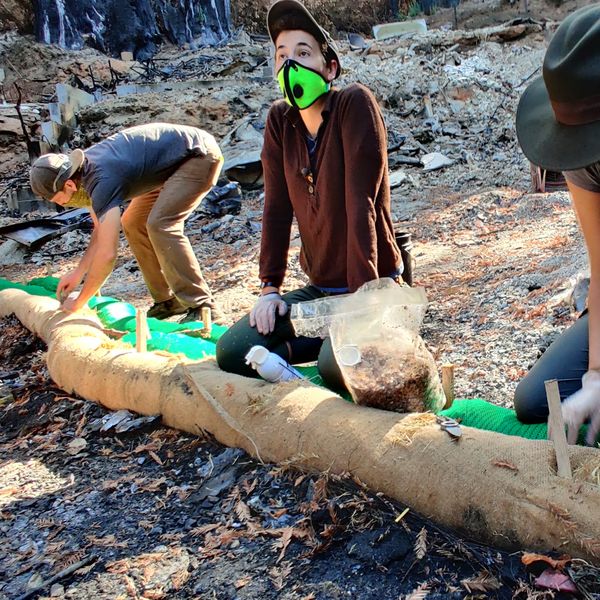Most people have heard of BPA — but researchers say its chemical cousin, BADGE, is leaving scores of workers, artisans and individuals at risk.
BADGE, short for bisphenol-A diglycidyl ether, BADGE, has gotten far less attention than BPA (bisphenol-A), though it shows potentially equal endocrine-disrupting potential (meaning it interferes with the proper functioning of hormones), as well as other possible harmful impacts, including liver and kidney effects and cancer. It is the predominant chemical used in epoxy resins — ubiquitous on construction sites, providing strong, durable corrosion-resistant adhesion. But it is also broadly used beyond the construction site — you can find it in glues, boat repair and refinishing, in powdered coatings in automotive and other metal finishing, and in can linings.

Zero workplace exposure limits on BADGE leave the door open for potentially harmful worker exposures, and sketchy, or even false, advertising about the safety of construction, woodworking and art supplies.
We're examining this chemical — who's exposed, what scientists are finding out about its impacts, and what is or isn't being done to protect people.
Check out the reporting below. And if you have a question or tip about BADGE use, exposure or science, let us know.
- The hidden, potential cancer-causing, danger in woodworking and art supplies ›
- How BPA and its evil cousins dodge meaningful regulation - EHN ›
- LISTEN: Investigating BADGE, BPA's evil cousin - EHN ›
- Regulating chemicals by class: A task of surgical precision - EHN ›


























